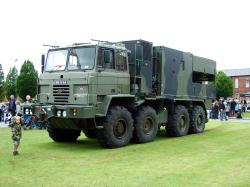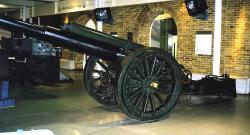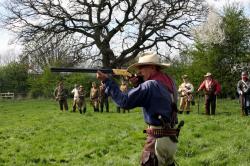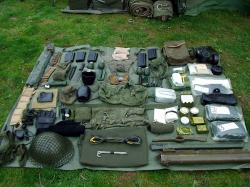Translate this Page
Anniversaries for today :
Welcome to Clash of Steel!
Featured battle : Farnham Castle
Part of The Civil Wars of the Three Kingdoms
Date : 01 December 1642
Sir William Waller took Farnham Castle from Sir John Denham
Featured image :
HMS Victory, the Quarterdeck
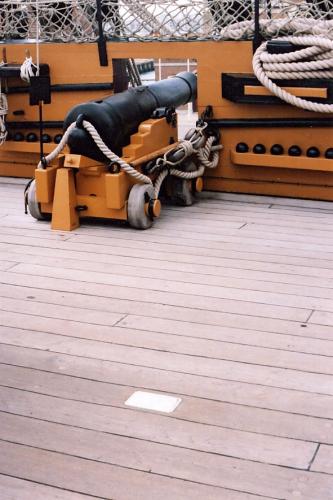
A section of the Quarterdeck showing, in the foreground (and in the detail picture), a brass plaque marking the point where admiral Nelson fell during the Battle of Trafalgar to musket fire from the Redoutable. He died later, on the orlop deck with the knowledge that the battle was his. In the background can be seen one of the 12-pounder cannon arming this deck.
Gallery updated : 2022-04-04 08:33:43
Featured review :
The Secret History of the Roman Roads of Britain
M. C. Bishop
A unusual book on this topic, in that only a small section of it is actually about the Roman Roads themselves. The majority of the well argued and researched text places the roads in the context of the possible pre-existing transit routes around Britain and argues for them following already well established routes. It also then places the subsequent history of the nation in the context of the Roman road network and argues for the pivotal role of these roads in many battles, wars and historical events ever since.
I perhaps would have liked a little more on the roads and the associated archaeology, but I understand there are plenty of other books that cover this. However I feel this provides a refreshing new look into the meaning, context, and lasting effects of one of the most easily seen but oft overlooked artefacts of Roman Britain.
Pen and Sword Military, 2019
Reviewed : 2020-12-09 13:57:16

